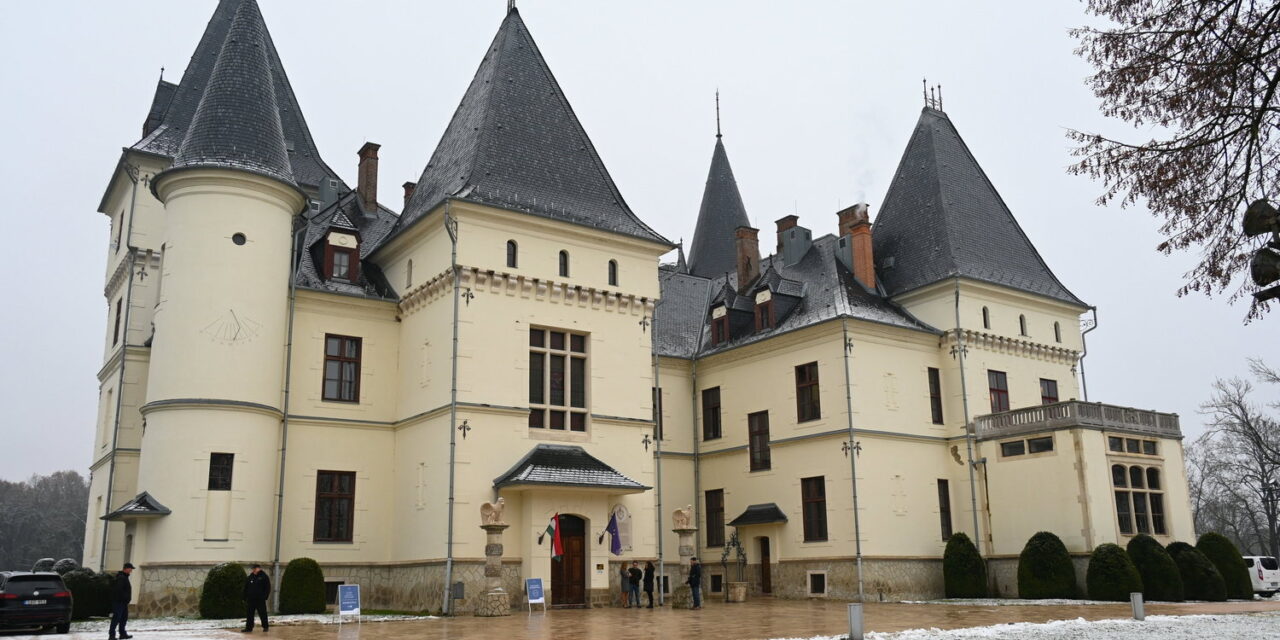The Hungarian state would sell part of the listed buildings under its management, give the other part to companies, universities, and churches, and turn the residence of nation-shaping politicians into a memorial, the Minister of Construction and Transport declared when he inaugurated the renovated Andrássy Castle in Tiszadob on Thursday.
János Lázár explained that the government's plan is to create memorial sites that also serve as community spaces. The politician reminded him that after 1945, many hundreds of historic buildings came under state management, which were later used as social homes, schools, or community centers. Their fate has not been settled satisfactorily to date, since the buildings are from the 21st century. in the 20th century, they are no longer suitable for hosting such institutions, he added.
In this situation
the state wants to utilize the monuments in three different ways: the smaller ones will be returned to the national trust, which can sell them, the larger ones will be handed over to large companies such as Mol, OTP, or Richter, as well as to universities and churches. At the same time, properties of historical importance, residences of nation-shaping personalities and politicians remain in the hands of the state
he explained. These include, among others, the castles in Keszthely, Nagycenk, or Eszterháza, as well as the Tiszadob castle.
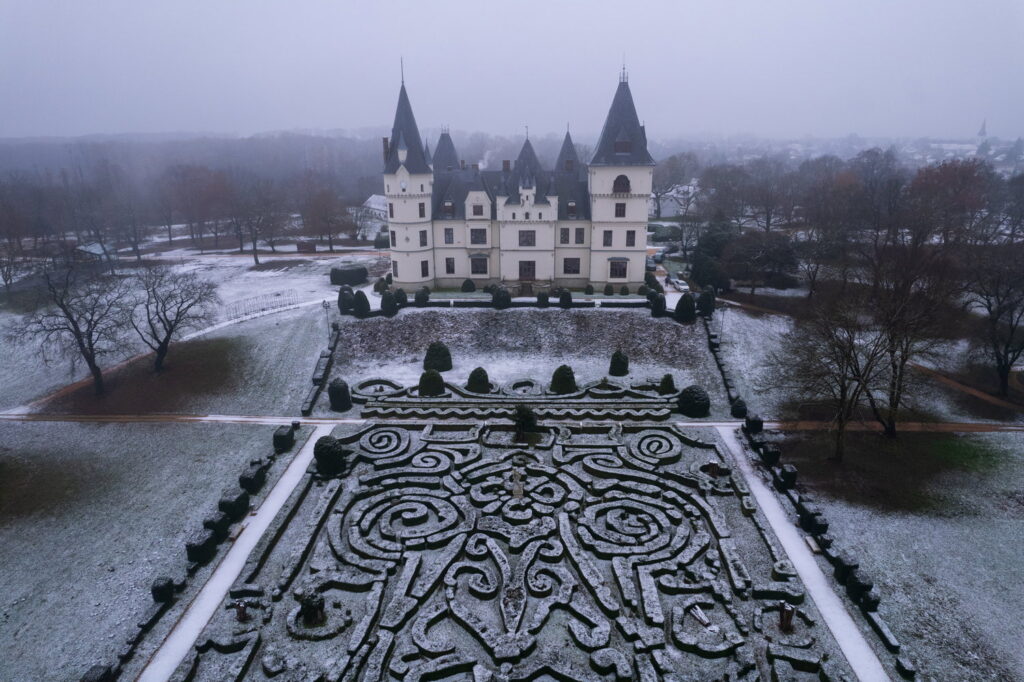
In the footage taken with the drone, the renovated Andrássy Castle in Tiszadob on the day of the handover, December 7, 2023.
MTI/Zoltán Máthé
He also talked about the fact that the residences of Prime Ministers István Tisza and Kálmán Tisza in Geszt will be renovated next summer, and that the renovated building of the Széchenyi Castle in Nagycenk will be handed over in a few weeks.
According to your information
two exhibitions were created in the completely reconstructed Andrássy Castle in Tiszadob. One presents the XIX. lifestyle at the end of the 19th century, and on the upper floor a memorial was erected to Gyula Andrássy the elder and Gyula Andrássy the younger.
In addition to Ferenc Deák, it is thanks to Gyula Andrássy Sr. that, following the settlement, Hungary was not subordinated, but partnered with Austria, and by the turn of the century, Hungary had caught up with Western Europe in many respects; the development was explosive, since 4,000 kilometers of railway were built between 1825 and 1867, 6,000 kilometers between 1867 and 1875, and the railway network became similar in size to that of France. He also mentioned that Gyula Andrássy Sr. was the foreign minister of the Austro-Hungarian Monarchy for eight years and then financially and economically stabilized the dualist state.
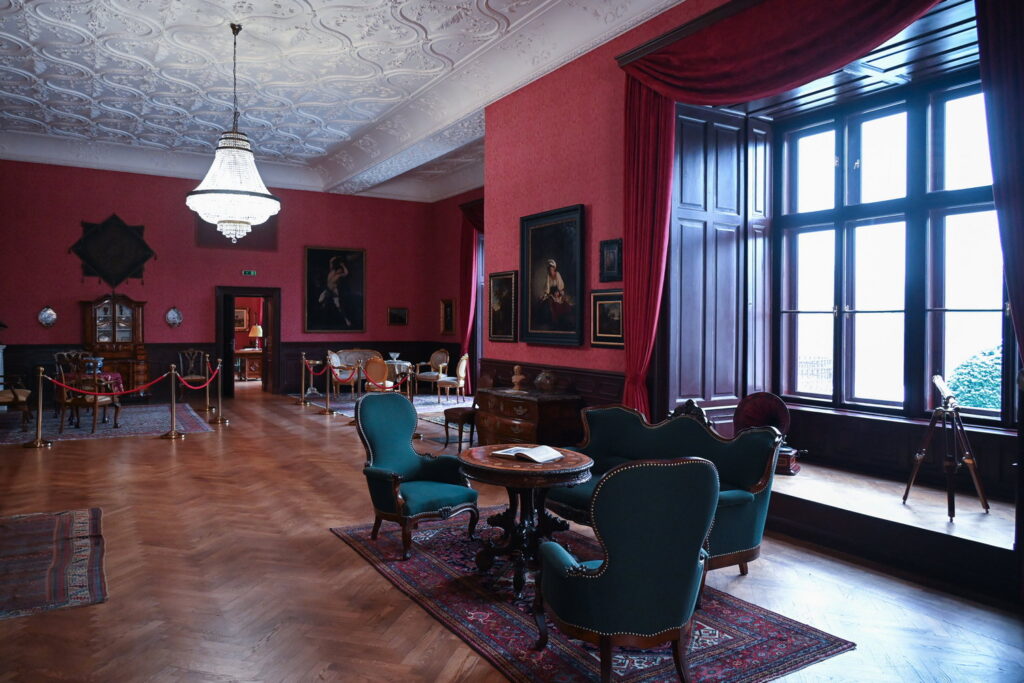
One of the rooms of the renovated Andrássy Castle in Tiszadob on the day the building was handed over, December 7, 2023.
MTI/Zoltán Máthé
Gyula Andrássy Jr., even though he reached the position of Minister of the Interior, was not successful in the political field, but he became an organizer of Hungarian cultural life, an art collector with a European reputation, and an art patron, to whom the gates of the courts of European rulers stood wide open, he noted.
János Lázár believed that since 1815, thanks to his abilities, three Hungarians had been given the opportunity to have a say in the management of the world. One of them is the elder Gyula Andrássy, who was a star politician of the world in the 1870s, and the second is István Tisza, who everyone knew was actually in charge of the Austro-Hungarian Monarchy.
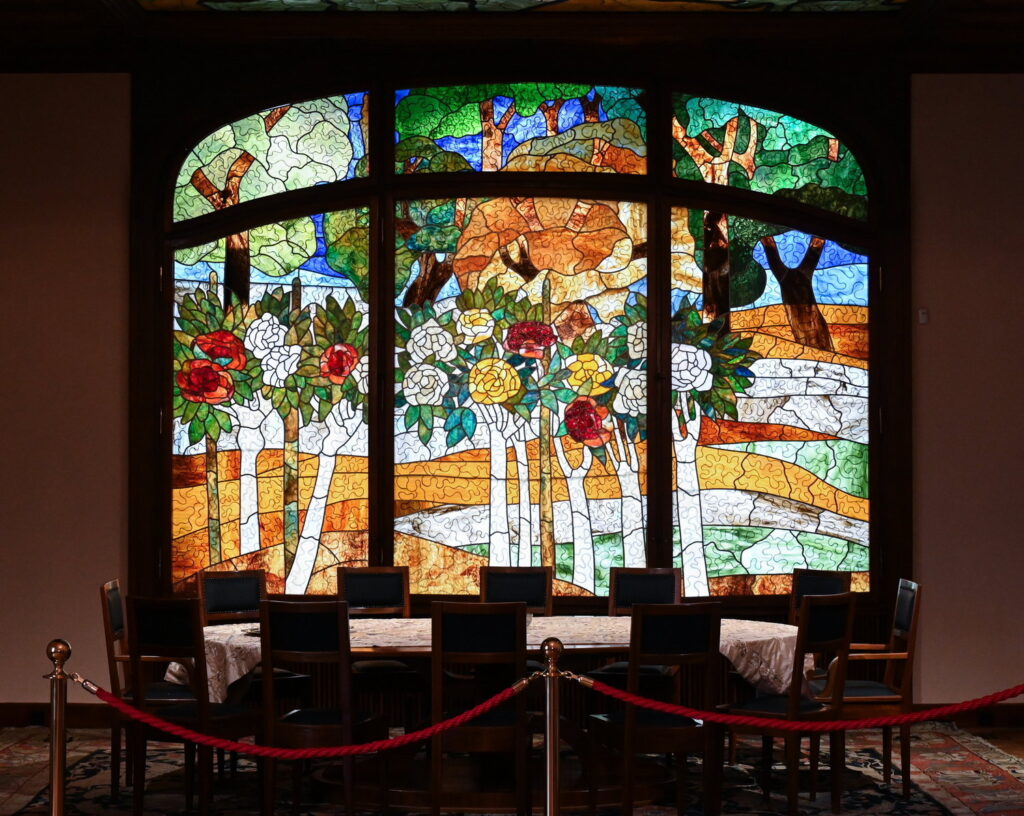
The interior of the renovated Andrássy Castle in Tiszadob on the day the building was handed over, December 7, 2023.
MTI/Zoltán Máthé
He left the identity of the third person to the audience's imagination, adding that the XXI. In the 20th century, as a Hungarian, he was able to influence international processes.
János Lázár expressed his hope that the exhibitions arranged in the renovated castle will be a worthy reminder of the activities of the Andrássyaks.
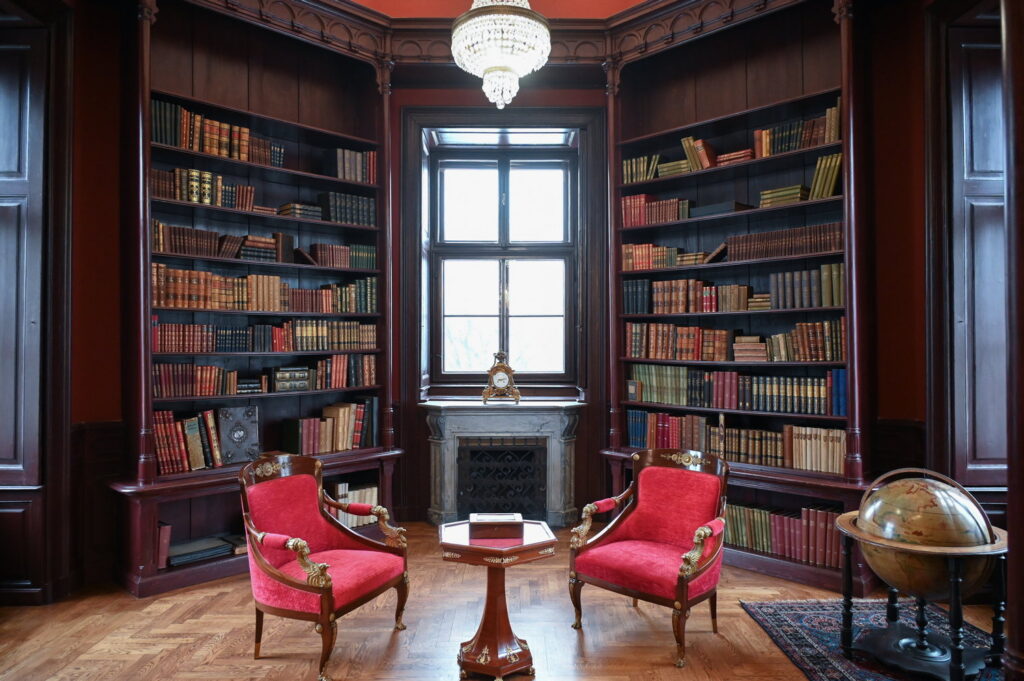
Tiszadob, December 7, 2023.
The library hall of the renovated Andrássy Castle in Tiszadob on the day the building was handed over, December 7, 2023.
MTI/Zoltán Máthé
MTI
Cover photo: The renovated Andrássy Castle in Tiszadob on the day of handover, December 7, 2023. MTI/Zoltán Máthé

